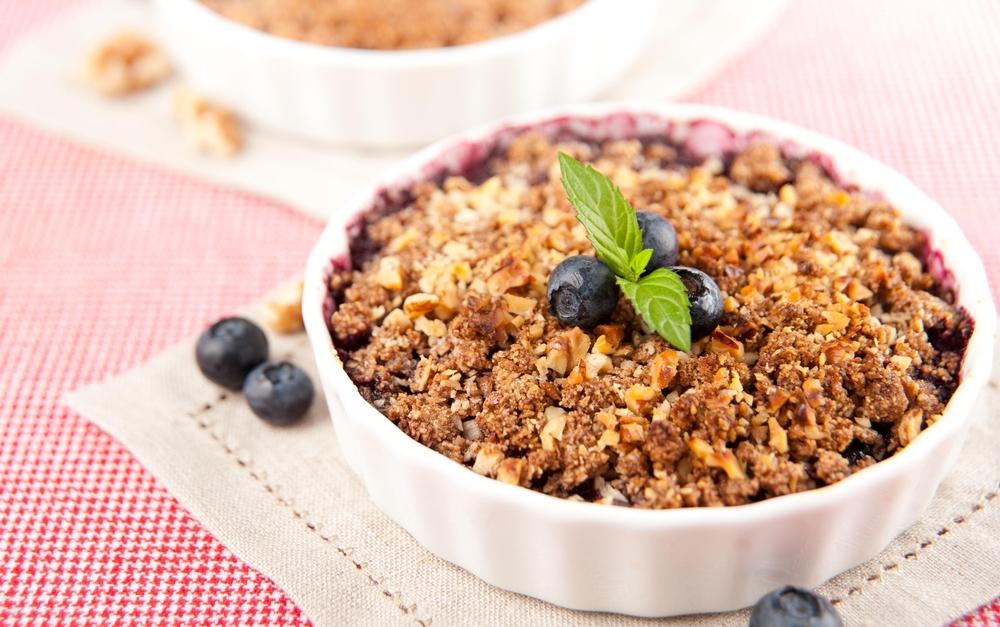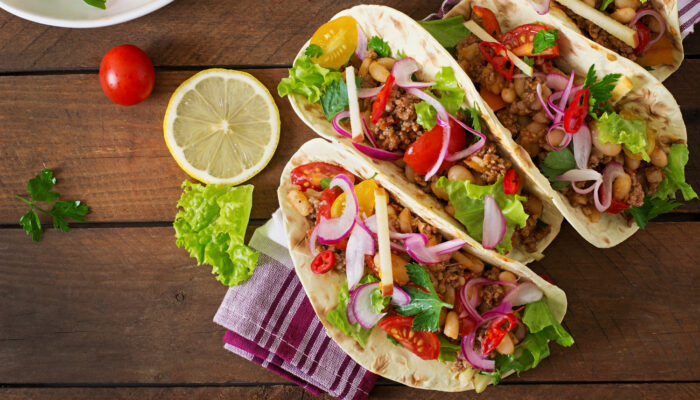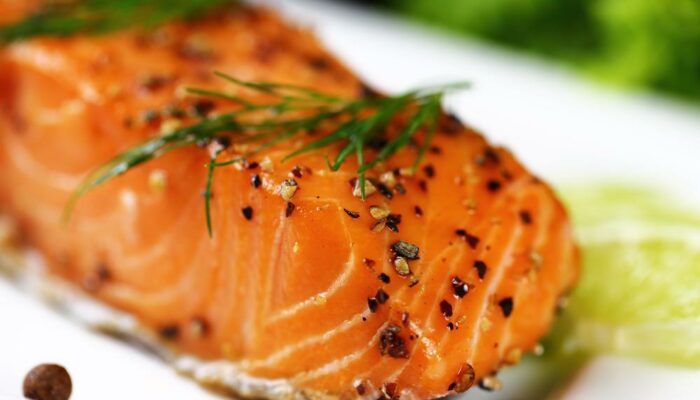
The Dos and Don’ts of a Sugar-Free Diet
An average adult eats more sugar than their body needs. If you are planning to cut down on your daily intake of sugar, it is a wise decision, but some people decide to eliminate sugar from their diet and choose a sugar-free diet. These diets have become hugely popular for weight loss and staying healthy. Here are some dos and don’ts to keep in mind when following a sugar-free diet:
1. Read labels closely
To start with, it is important to read the labels when you buy any product to replace sugar. This can help you eliminate all foods that contribute to a rise in blood sugar levels and focus on those that may contain sugar. Also, reading food labels can help you identify the different types of sugars that you must stay away from. Sugars hide in different food items in your grocery bag, and you must always read food labels if you are keen to follow a sugar-free diet. For instance, pasta sauce, milk, cereals, granola bars, and such will usually have sugar listed in their ingredients list.
2. Eat whole foods
You need to eat more whole foods because processed foods will usually have added sugars and refined ingredients. When you choose a diet with whole foods, you are likely to eat more lean meat, fruits, vegetables, fish, unprocessed grains, legumes, seeds, and nuts. Your diet can also include some dairy foods like plain yogurt and milk.
3. Plan ahead
You must plan your meals and stick to a diet plan. When meals are planned, you will not be tempted to reach for a candy bar.
4. Utilize spices
When you have cut down on sugar, you are likely to miss it in your meals. So, you can try to use other flavors to replace it. Many sweet-tasting spices and herbs like vanilla, cinnamon, cardamom, and nutmeg can be conveniently added to your drinks and foods to replace sugar. Also, you can eat more fruits to satisfy your sweet tooth, like apples, berries, citrus fruits, and such. These are fiber-rich and contain phytonutrients.
5. Exercise
You can also boost the levels of serotonin, the happy hormone, through exercise. When you follow a nutritious diet, ensure regular exercise and get enough sleep, your serotonin levels go up, so you are less inclined to crave sweets.
6. Take it slow
The most important thing is not to rush yourself into making a change. So, the transition to a sugar-free diet needs to be gradual. You can begin by doing away with the most obvious sugar-rich foods like baked goods, sugary beverages, and sugar in the tea or coffee.
7. Limit simple carbs
Stay away from simple carbs like white rice, pasta, and flour. These can be broken down quickly into sugar, spiking blood glucose levels.
8. Moderate sugary drinks
Avoid sugary drinks like sodas, sweetened teas, and fruit juices when on a sugar-free diet. Instead, you can choose to drink unsweetened herbal tea, sparkling mineral water, coffee without sugar, and such. Avoid artificial sugars in drinks because these may be high in calories.



